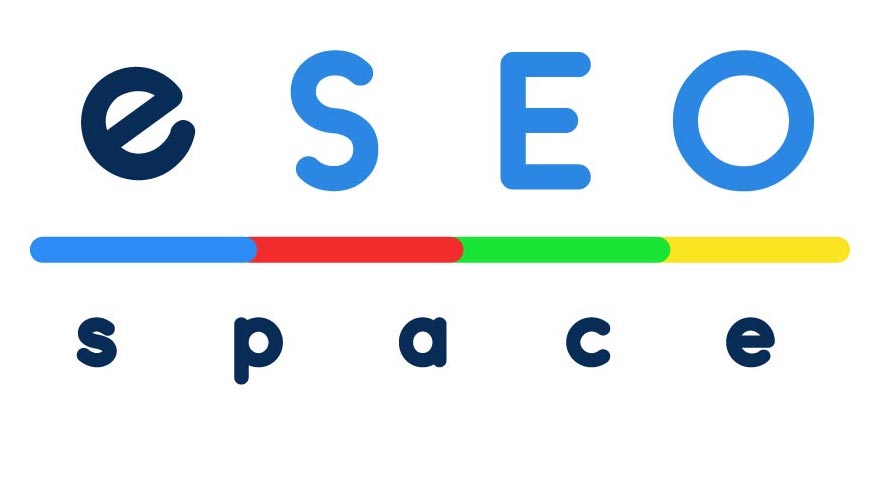4 Ways to Promote Your Business Website
You’ve put the time, money, and effort into creating a stunning website for your business. Now, your goal needs to be sharing it with as many people as possible. While there are numerous ways to market a website, it requires sound planning, proper execution, and expertise to make your efforts bear fruit. For business owners looking for the best practices to market their website, this article by eSeospace will take you through some simple and efficient ways to do just that.
Have Unique Branding
Having unique branding allows you to distinguish your business from competitors. Various aspects go into creating a brand image such as the color scheme, font styles, design guidelines, and more. While you may feel the need to hire a professional graphic designer for handling your branding needs, it will come at a heavy cost. A great alternative is using free online graphic design software for creating amazing social media posts, marketing emails, website graphics, blog images, and more through a few simple clicks.
Similarly, when creating a logo for your brand, use a free online logo maker and download various designs to use as a part of your market testing activities. The logo is the centerpiece of your branding and plays an important role in creating brand awareness and recall. Finalize the logo which gets the highest response through your test marketing campaigns as it is convincing customers to interact with your brand.
Invest in SEO
The best way to drive high intent relevant audience to your website is through Search Engine Optimization (SEO). SEO covers various activities such as keyword research, content creation, page indexing, analytics, and more. All these activities contribute towards the common goal of having your website rank higher on the search engine results page (SERP).
Ranking your website on the first page of Google translates to a tremendous increase in traffic. The majority of users rarely go before the first page of search results, hence ranking higher is an excellent way to outperform your competition. According to research, which involved studying upto a billion Google searches, more than 25% of individuals preferred to click on the first Google result. Additionally, this result was considered to be more trustworthy than others.
Compared to other marketing avenues, SEO is cost-effective, increases organic traffic, and improves your chances of making conversions.
Use Relevant Plugins
Whether it be design or SEO, there is always a plugin that can help you do the job better and faster. And there is no platform better than WordPress which allows seamless plugin integration. Hence, it comes as no surprise that around 1/3rd of all websites on the web are made using WordPress, as reported by WebsiteSetup. Here are a few plugins you should look to use:
- Broken Link Checker: It notifies you of any broken links on your website which can hurt SEO performance. For websites with thousands of pages, this plugin is a lifesaver.
- WP Review: This helps to incorporate product/blog/service reviews seamlessly into your website. Additionally, these reviews can be integrated to show on SERP, increasing the chances of a new customer clicking on your link.
- TablePress: Using this plugin, you can easily create tables on any page of your website. For instance, you can create a price comparison table explaining services you sell under each price band.
Utilize Social Media
Whether your goal is to reach more people, increase website conversions or bring customers back to your website, social media can do it all. By running a targeted social media campaign, you can reach thousands of customers in your niche daily. This can translate into website visits, purchases, or simply brand awareness. Popular ways to make your audience engage with your content include organizing giveaways, hosting contests, starting catchy trends and referral programs.
When setting up your social profiles, ensure to mention your website in your bio and consistently in posts and stories. Prominent platforms to promote your brand include Facebook, Instagram, Snapchat, TikTok, and Pinterest.
Successfully marketing your website requires a combination of various activities as mentioned above. The key is to be consistent in your efforts and connect with your customers through as many channels as possible.











